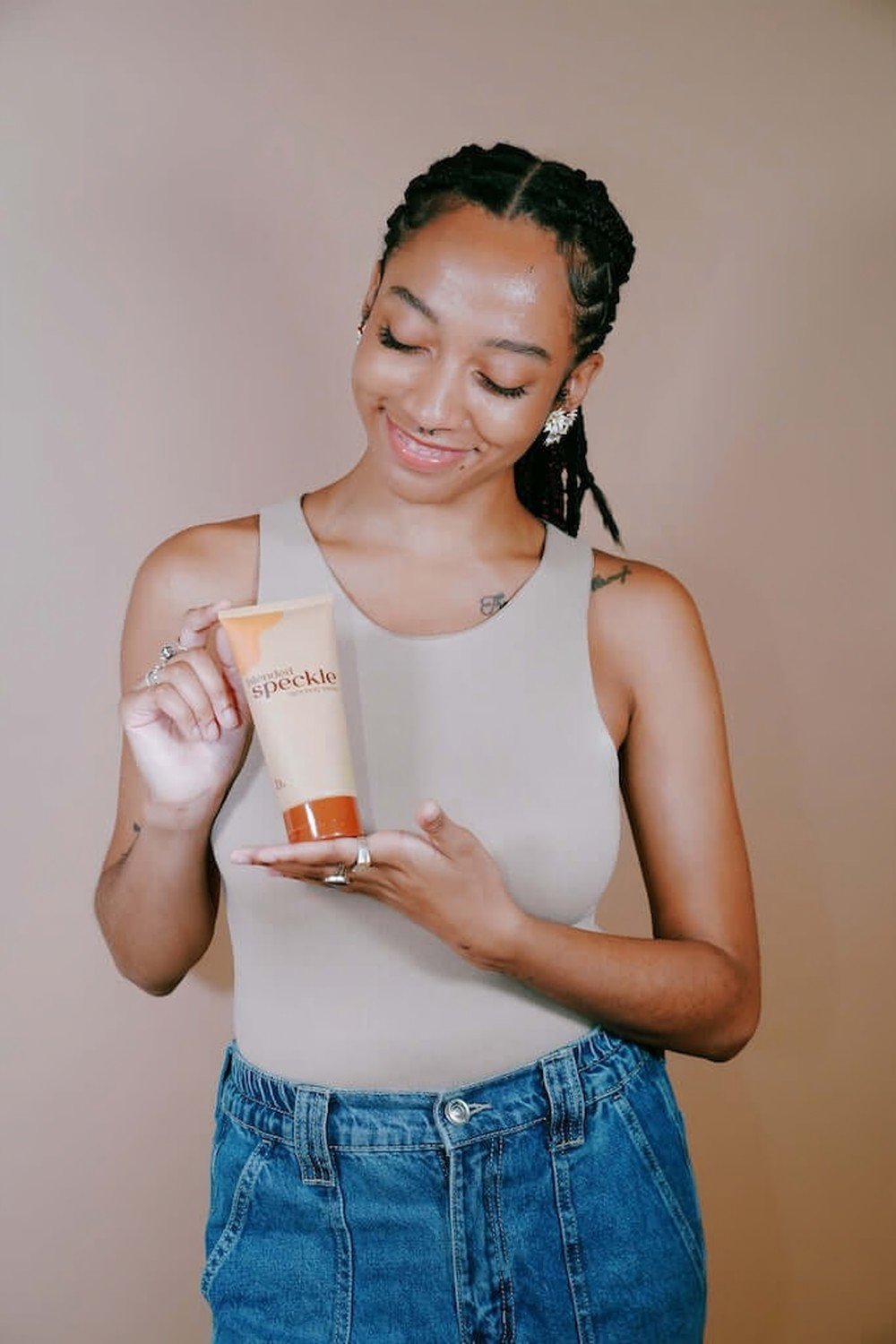objective
to provide comprehensive mapping of skin thickness variations across the human bodi and examine formulation strategies for optimal ingredient delivery.
background
skin thickness represents one of the most significant variables affecting skincare effectiveness. understanding these regional differences enables more strategic product selection and application techniques for optimal results.
methodology & findings
detailed anatomical measurements reveal systematic thickness variations across body regions. the thinnest skin areas include eyelids at approximately 0.5mm, followed by lips and inner arms at 0.6-0.8mm.
moderate thickness areas encompass most of the torso, outer arms, and legs, typically measuring 1.5-2.5mm. these regions represent the majority of body surface area and respond well to standard formulation approaches.
the thickest skin areas include the back and shoulders at over 4mm, palms and soles reaching up to 6mm when including the stratum corneum. these areas require enhanced penetration strategies.
regional thickness correlates with functional demands. areas requiring maximum protection develop thicker barriers, while areas needing sensitivity maintain thinner structures.
penetration implications
thickness variations directly impact ingredient penetration rates and effectiveness. thin areas may experience over-penetration with aggressive formulations, while thick areas might not receive adequate ingredient delivery with standard products.
the stratum corneum thickness shows even more dramatic variations than total skin thickness. palm and sole stratum corneum can be 50-100 times thicker than facial areas, creating significant penetration barriers.
formulation strategies
speckle spot body butter incorporates penetration enhancers calibrated to these regional thickness differences. the formulation adjusts ingredient delivery based on anticipated skin thickness variations.
for thick areas like the back and shoulders, enhanced penetration systems ensure ingredients reach target depths. the formulation includes ingredients that facilitate transport through substantial skin barriers.
moderate thickness areas receive balanced penetration enhancement that delivers ingredients effectively without over-penetration. this calibrated approach optimizes ingredient utilization.
application techniques
thick skin areas benefit from extended massage during application. mechanical action helps facilitate ingredient penetration through substantial barriers.
warm application can enhance penetration in thick skin areas. gentle warming improves ingredient mobility and facilitates barrier traversal.
timing becomes crucial for thick skin areas. allow extended absorption time to ensure ingredients reach their intended targets rather than remaining on the surface.
regional optimization
customize application pressure based on skin thickness. thick areas can tolerate more vigorous massage, while thin areas require gentle application to prevent irritation.
adjust product quantity based on thickness variations. thick areas may require more generous application to achieve adequate ingredient delivery.
monitor absorption patterns across different body regions. thick areas typically show slower absorption requiring patience for optimal results.
seasonal considerations
skin thickness can vary seasonally with hydration changes and environmental exposure. cold weather may temporarily increase barrier thickness, affecting penetration rates.
adjust application techniques seasonally, providing enhanced penetration support during challenging environmental conditions.
conclusion
comprehensive understanding of skin thickness variations from 0.5mm to over 4mm enables more effective skincare approaches. these dramatic regional differences necessitate formulations and application techniques specifically designed to address varying penetration requirements. successful body care requires acknowledging thickness variations and selecting products formulated with appropriate penetration enhancement for each region's unique structural characteristics.


